
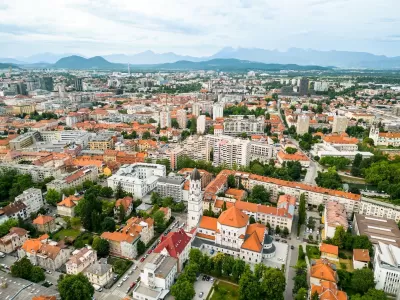
Enhancing Slovenia's allure for tourists involves a substantial revamp of its road infrastructure. Notably, the implementation of various toll roads and an electronic vignette system has been pivotal. To navigate these roads seamlessly, acquiring a Slovenian vignette is imperative, facilitating automatic toll payments.
Procuring the electronic vignette is convenient, accessible through online E-Vignette Slovenia, gas stations, post offices, and accredited vendors. The funds garnered from these transactions are allocated towards the upkeep and enhancement of the toll road network. Importantly, Slovenia's vignette is exclusively available in digital format, eliminating the need for affixing a sticker to your vehicle's windshield.
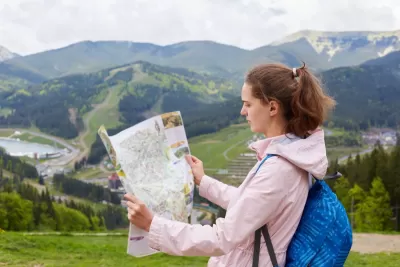
In 2007, Slovenia gracefully entered the Schengen area, streamlining access for EU citizens and Schengen visa holders alike. Henceforth, the inquiry 'Can we explore Slovenia?' warrants an emphatic 'yes'!
Within this piece, we endeavor to address all inquiries pertaining to orchestrating a scenic road voyage through Slovenia. If you find yourself pondering, 'Is Slovenia conducive to road exploration?', then do delve into the insights offered herein.
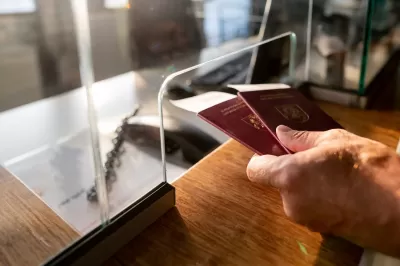 Slovenia can be accessed from Italy, Austria (via the Karavanke tunnel), Hungary, and Croatia.
Upon entry into Slovenia, ensure you have the following documents:
Slovenia can be accessed from Italy, Austria (via the Karavanke tunnel), Hungary, and Croatia.
Upon entry into Slovenia, ensure you have the following documents:
- A passport valid for at least 3 months beyond your intended stay.
- Visa: Obtain the necessary visa corresponding to your citizenship.
- Citizens of European Union (EU) countries and many other nationals typically do not require a visa for short-term visits.
- Vehicle Documents: If traveling in your own vehicle, carry your vehicle registration documents and proof of insurance.
At border checkpoints, adhere to the guidance provided by officials. Whenever feasible, plan border crossings during off-peak hours to minimize delays. Expect potential congestion and delays, especially during weekends and peak holiday periods.
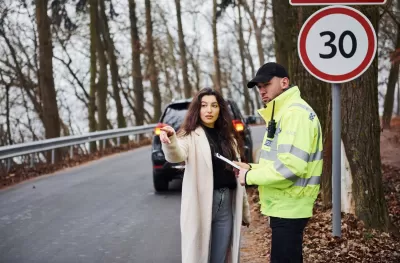 Other documents you need to carry with you when driving in Slovenia include:
Other documents you need to carry with you when driving in Slovenia include:
- Driver's License: A valid driver's license issued in your country or an International Driving Permit (IDP) if required.
- Vehicle registration: original or certified copy of vehicle registration document.
- Insurance: Proof of current car insurance, usually a Green Card or equivalent certificate of insurance.
- ID Card or Passport: A form of identification, such as a national ID card or passport.
- Rental Agreement: If you are driving a rental car, the rental agreement must be kept in the vehicle.
- Vignette: registration of an electronic vignette for the use of roads (in Slovenia, from 2024 there is no need to place a sticker on the windshield of a vehicle).
- Emergency equipment: A reflective vest, warning triangle and first aid kit are mandatory and must be kept in the vehicle.
Always ensure that these documents are up to date and easily accessible to avoid any complications during your travel.
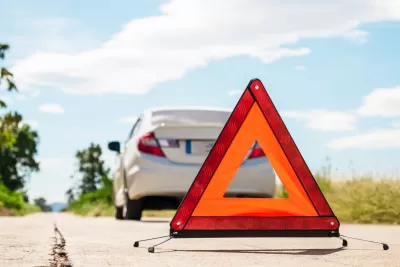 Check online for local laws, traffic rules, and road signs in Slovenia. Pay attention to the following traffic rules and ensure you follow them:
Check online for local laws, traffic rules, and road signs in Slovenia. Pay attention to the following traffic rules and ensure you follow them:
- Road Signs:Be sure to observe signs and road markings that provide important information and instructions.
- Lane Rules:Familiarize yourself with the traffic regulations. As a general rule, you should yield to vehicles approaching from the right, using caution and practical judgment.
- Unguarded Intersections: Yield to the right.Guarded Intersections: Yield to the first vehicle at the intersection.
- Intersections with a Prohibition Sign: A vehicle at a "Give Way" sign must yield to other vehicles approaching from the right.
- Roundabouts: Vehicles already in the roundabout have priority. Yield to vehicles on your left and use your turn signal to indicate the exit.
- Pedestrian Crossings: Pedestrians have the right of way.
- Emergency Services: If you see or hear an emergency vehicle approaching, give way by stopping and letting it pass.
- Overtaking:only overtake when it is safe and legal to do so, and after taking all necessary precautions.
- Mobile Phones:Using a mobile phone while driving is prohibited. However, you may use a speakerphone.
- Seat BeltsThe use of seat belts is mandatory for all passengers.
Safety Precautions for Children:
- Children under 1.5 meters tall must be restrained in an appropriate child seat.
- Children under 1.5 meters tall cannot sit in the front passenger seat.
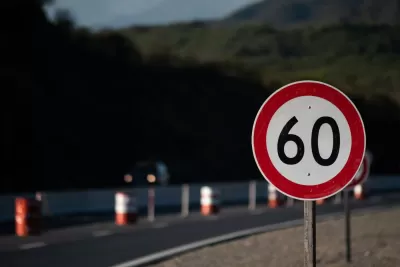
- Urban Areas: The speed limit is typically 50 km/h, with a reduced limit of 40 km/h near schools.
- Rural Roads: The usual speed limit in rural areas is 90 km/h.
- Motorways: The maximum speed limit is 130 km/h (81 mph).
Parking Rules
Here are some general parking rules to keep in mind:
- Blue Zones: Parking in these areas requires a parking disc indicating your arrival time.
- Parking Meters: Payments can be made using local currency or through the Upark app.
Violating parking rules in Slovenia can cost 40 euros or more depending on the severity. However, this fine may not always be levied internationally unless it exceeds the de minimis limit of €70.
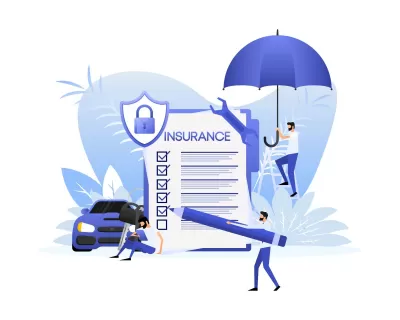
In Slovenia, it's mandatory for all vehicles to be equipped with current third-party liability insurance, offering protection against damages incurred by other vehicles in the unfortunate event of an accident.
Should this regulation concern you, consider obtaining a European Health Insurance card. This invaluable card extends coverage to medical expenses during family crises, natural disasters, and similar situations. If you're ineligible for this card, securing travel insurance is highly advised. Opt for a comprehensive plan encompassing overseas medical expenses and unforeseen emergencies. Ensure your policy is tailored to encompass all foreseeable circumstances.
In the unfortunate event of being a victim of a crime, prompt reporting to local authorities is imperative for swift action and resolution.
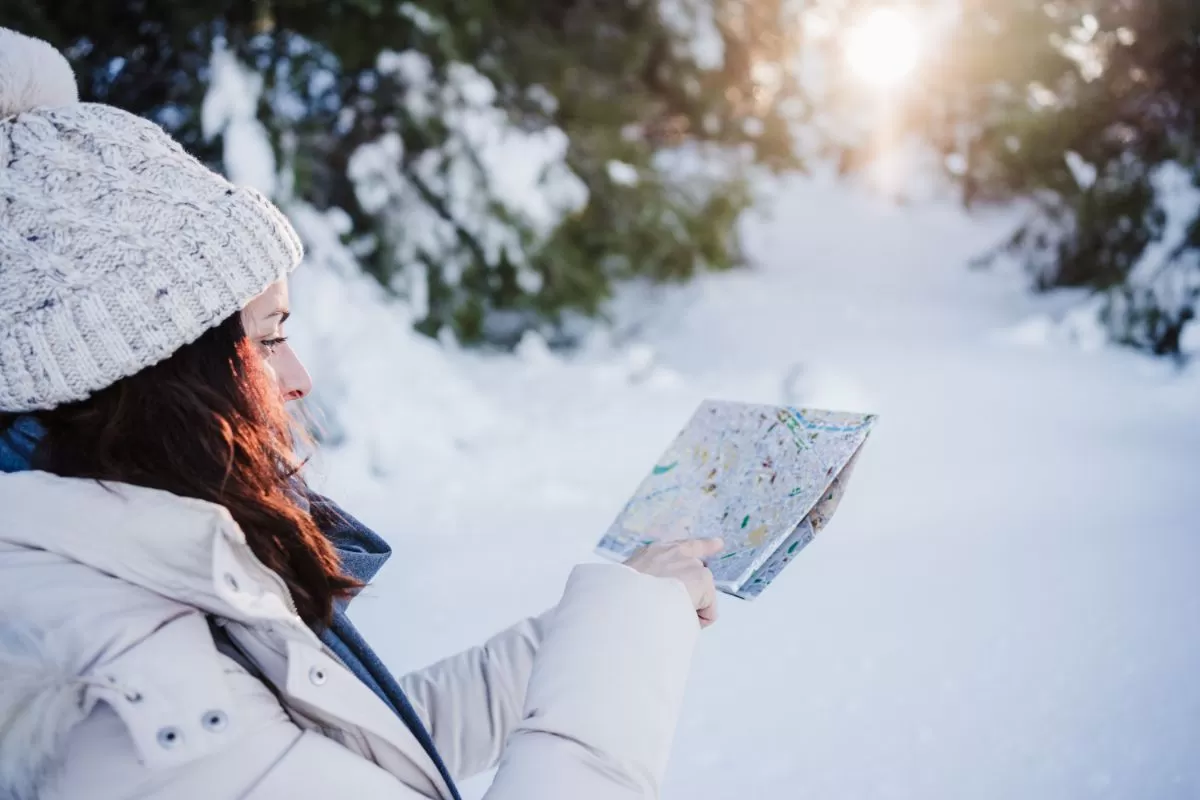 Vehicles must be equipped with winter tires to ensure adequate traction. In certain areas, snow chains might be necessary, so it's essential to know how to install them. Always drive cautiously and be prepared to take evasive action. Legally, from November 15 to March 15, all vehicles must have winter equipment.
Vehicles must be equipped with winter tires to ensure adequate traction. In certain areas, snow chains might be necessary, so it's essential to know how to install them. Always drive cautiously and be prepared to take evasive action. Legally, from November 15 to March 15, all vehicles must have winter equipment.

In Slovenia, emergency services are dedicated to providing immediate assistance and care during critical situations. These services encompass a wide range of responses, including medical emergencies, fire incidents, rescue operations, and more. The goal is to ensure the safety and well-being of all residents and visitors.
Key Components of Slovenia's Emergency Services:Medical Assistance
- Swift and efficient response to medical emergencies.
- Highly trained paramedics and advanced life support teams.
- State-of-the-art ambulances equipped with essential medical supplies.
Fire Services
- Rapid deployment to combat fires and prevent property damage.
- Professional firefighters trained in various rescue techniques.
- Modern firefighting equipment and vehicles.
Police Services
- Ensuring public safety and maintaining order.
- Quick response to crime scenes and emergencies.
- Dedicated officers providing community support and assistance.
Search and Rescue Operations
- Specialized teams for mountain, water, and urban rescue.
- Utilization of advanced technology for efficient search and recovery.
- Collaboration with international rescue teams during large-scale disasters.
Emergency Contact Numbers in Slovenia:
- Medical Emergencies: 112
- Fire Services: 112
- Police Services: 113
Always remember, in case of any emergency, dial the appropriate number to receive immediate assistance. Slovenia's emergency services are committed to protecting and helping those in need, ensuring a safe and secure environment for everyone.
Roadside Assistance
For rental car users, kindly utilize the contact number provided by your rental company. In all other instances, the primary provider of assistance is AMZS (Automobile Association of Slovenia), reachable at +386 1 530 53 00.
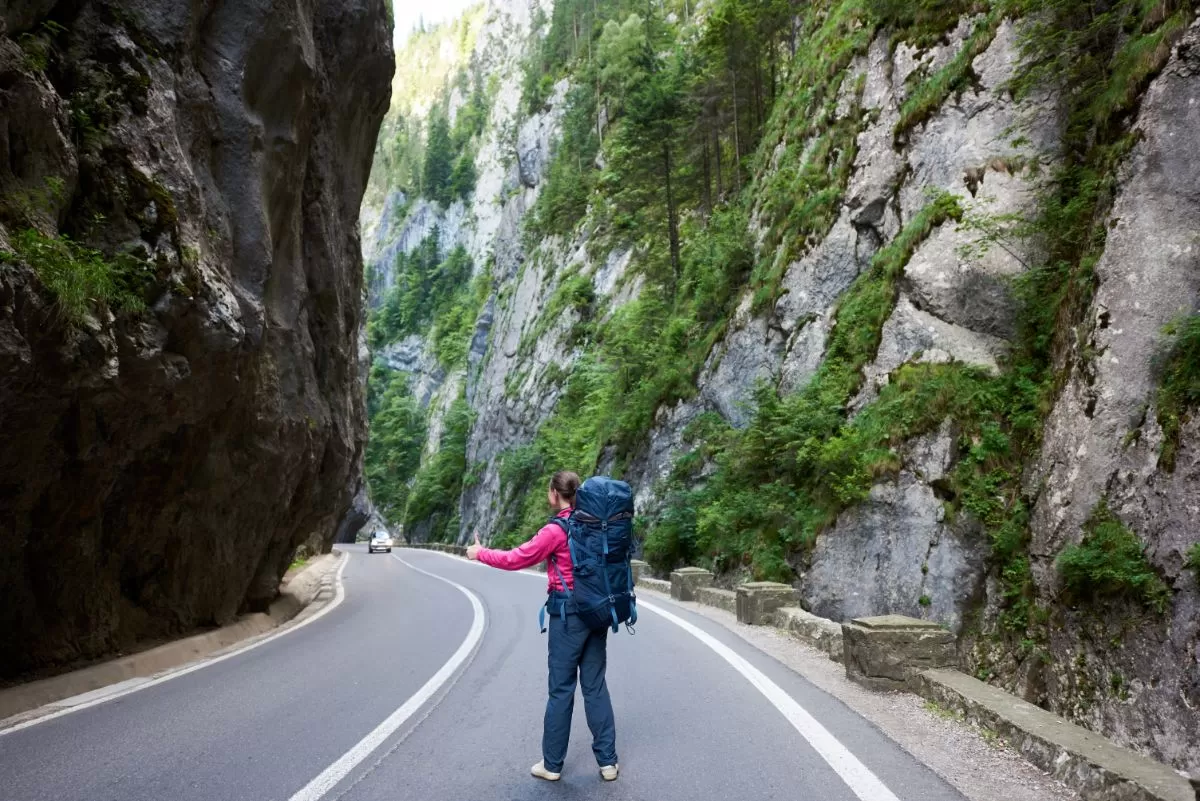 Additional Tips:
Additional Tips:
While Slovenia boasts low crime rates and overall safety, it's wise to guard against car break-ins by parking in well-lit areas and employing anti-theft measures.
For effective trip planning, leverage online tools like Google Maps, Waze, and traffic webcams.
Never operate a vehicle while under the influence of alcohol or drugs. Legal blood alcohol limits are 0.05%, and for professional and student drivers, it's strictly 0%.
Prior to your journey, stay updated on any travel advisories through your tour operator.
Slovenia's allure lies in its stunning roads, picturesque landscapes, and welcoming locals, promising an enchanting experience steeped in rich history and vibrant culture.
